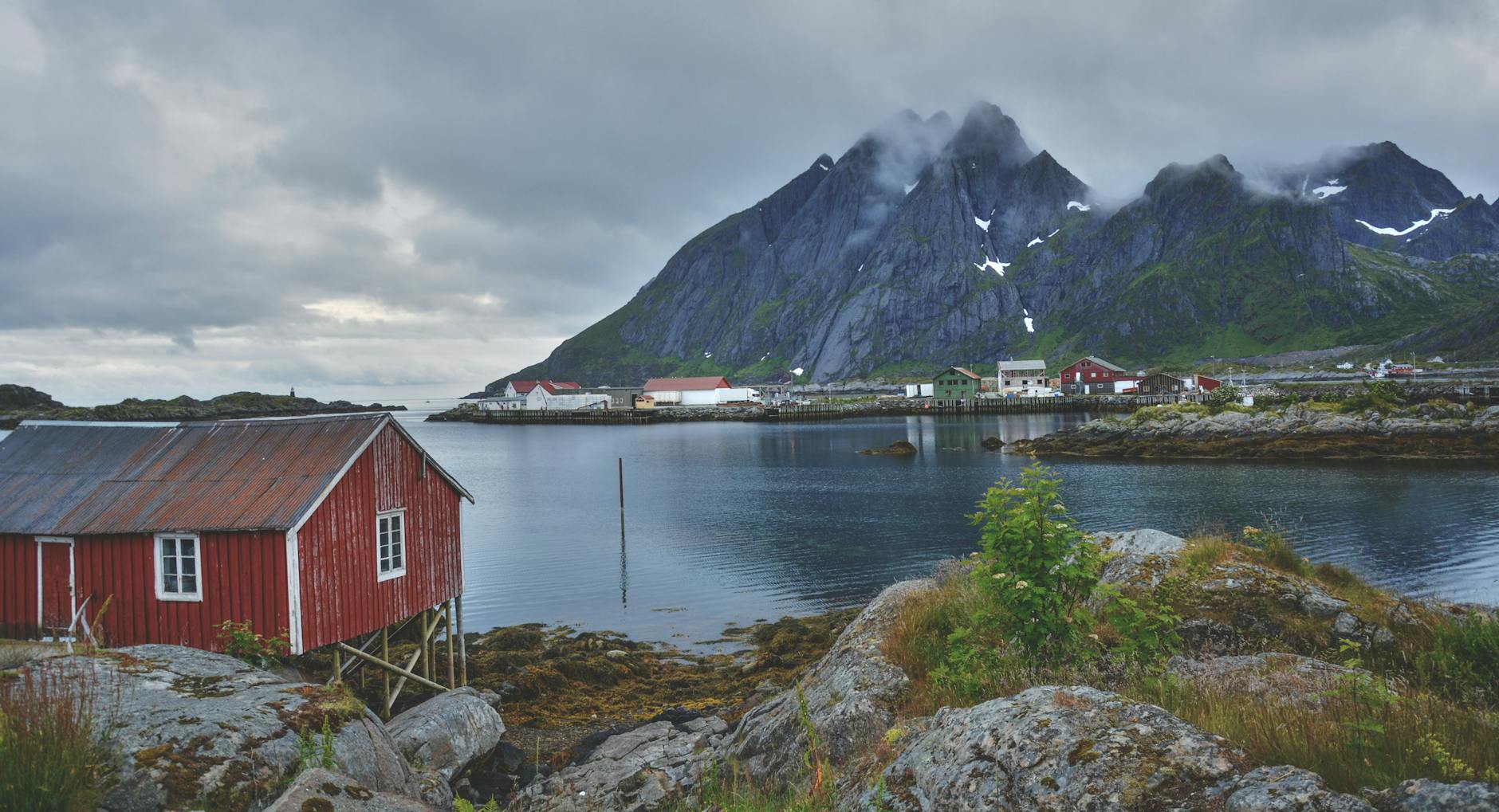Can Australia Set the Standard for Sustainable Ecotourism Worldwide?

Australia’s Ecotourism Landscape
Australia's ecotourism landscape is a rich tapestry of vibrant ecosystems and habitats, offering both challenges and opportunities for sustainable travel. The country's diverse flora and fauna are showcased across a range of unique environments, making locations like the Australian National Botanic Gardens a haven for biodiversity enthusiasts. As a climate change researcher, I find great inspiration in the diversity of landscapes and species here.
Key destinations for eco-travel in Australia include the spectacular Great Barrier Reef, the expansive outback, and the pristine beaches of Western Australia. Each destination provides not only a breathtaking experience but also highlights the importance of conservation. These areas are starting points for inspiring africa tours within the continent, encouraging travelers to explore responsibly and sustainably.
Government and NGO initiatives play a crucial role in preserving these delicate ecosystems. From policies that limit pollution and habitat destruction to educational programmes that promote biodiversity, these measures are essential in maintaining the natural beauty we cherish. Many organisations partner with local communities to implement sustainable practices, ensuring that tourism benefits both the environment and the people who depend on it.
With a combination of diverse ecosystems, impactful destinations, and forward-thinking policies, Australia's ecotourism landscape serves as a beacon for sustainable travel worldwide. As we navigate these places, we can draw parallels between the conservation successes here and innovative galapagos tours and machu picchu tours, inspiring us to leave a positive footprint wherever we travel.
Strategies for Sustainability
Conservation Efforts and Practices
Australia’s commitment to sustainable tourism places conservation at its core, aiming to balance nature preservation with meaningful travel experiences. At the Australian National University’s biodiversity research facilities, innovative approaches are being developed to protect habitats while enabling responsible visitor access. These initiatives are crucial in maintaining ecological integrity—principles that also guide patagonia tours in promoting environmentally conscious exploration.
Community Involvement and Education
A cornerstone of effective conservation is the active involvement of local communities. By equipping residents with the necessary knowledge and resources, they become valuable stewards of their own environments. Educational programmes teach locals about biodiversity conservation and empower them to develop eco-friendly tourism initiatives. In doing so, they are not only preserving their homes but also creating sustainable income sources. This approach also enhances the authenticity of south africa tours.
Technological Innovations
Technological advances play a crucial role in fostering sustainability. From using drone technology for wildlife population tracking to implementing solar-powered visitor centres, innovation is paving the way for greener practices. Cutting-edge technologies support conservation efforts, enabling precise monitoring of ecological health while also reducing the carbon footprint of tourist activities. Sustainable travel tech thus becomes a vital tool in crafting enduring the south american tours.
Ecotourism's Impact on Biodiversity
Positive Outcomes on Wildlife
In the context of sustainable ecotourism, the effects on wildlife can be multifaceted. When done right, ecotourism fosters a healthy coexistence between travellers and the environment. One notable example is the conservation efforts associated with Galapagos Islands tours. These excursions are carefully controlled to protect the unique species in the area, proving how tourism can bolster conservation funding and awareness.
Challenges and Mitigations
Despite positive aspects, there are undeniable challenges in maintaining sustainable practices. Tourists contribute to habitat disruption if not managed correctly. Consider South America tours as a cautionary tale, where unregulated visitor numbers have sometimes exacerbated environmental degradation. Innovative measures are essential, such as strict visitor limitations and advanced monitoring systems, which are crucial in protecting delicate ecosystems like those studied at the biodiversity research facilities at Australian National University.
Measuring Success
To gauge the success of ecotourism, quantitative and qualitative methods are employed. Data from conservation projects allow for a thorough assessment of wildlife health improvements and ecosystem stability. Benchmarking visitor impact against set baselines, and adapting practices is imperative. These rigorous evaluation strategies help provide accountability, especially when aligned with globally recognised standards, empowering enthusiasts and professionals to contribute to a sustainable future effectively.
Global Comparisons and Lessons
Comparing International Standards
Australia is no stranger to leading initiatives in sustainable ecotourism, but examining practices beyond its borders can yield invaluable insights. For example, Central America travel provides a window into innovative community-led conservation projects, setting high standards for sustainable tourism. Countries in this region offer sustainable tours aimed at preserving both wildlife and local cultures, acting as a benchmark for eco-responsible practices. By examining these standards, conservation professionals like us can identify scalable methods suitable for Australian ecosystems.
Successful Case Studies Abroad
One of the best examples of impactful ecotourism is the Namibia safari. This unique model has won accolades for its partnership between tourism operators and local communities. In Namibia, conservancies manage both lands and wildlife, leading to improved biodiversity and economic gains for indigenous populations. This case vividly outlines how collaboration can result in balanced ecological and economic outcomes, offering a framework that can be adapted for our Australian landscapes.
Opportunities for Global Leadership
Australia possesses a unique opportunity to learn from global successful practices and, in turn, elevate its ecotourism industry further. With our robust biodiversity research facilities at the Australian National University, cutting-edge strategies can be developed to advance sustainable practices. By integrating the lessons from international case studies, we can offer the world a compelling model that reflects our commitment to conservation and responsible tourism.
These comparative insights empower conservation professionals and environmental enthusiasts to enact change in line with global best practices.
Transformative Best Practices for Travelers in Ecotourism
Choosing the Right Tour Operators
When it comes to selecting ethical tour operators, it's crucial to do some research. Look for certifications or partnerships with reputable environmental organisations demonstrating a commitment to conservation. The Australian National Botanic Gardens fosters tourism operators who collaborate with educational and conservation initiatives, ensuring that their ventures have minimal ecological footprints. Remember, a tour operator that prioritises the environment over profit will often involve local communities in decision-making and eco-friendly resource management.
Reducing Your Environmental Impact
Minimising personal environmental impact involves small, conscious decisions. Opt for public transport or carpooling when visiting locations like Namadgi National Park. Carry reusable water bottles and cutlery to reduce waste, aligning with sustainability success stories where waste has been dramatically decreased. Never disturb wildlife or their habitats, reinforcing the harmonious coexistence promoted by the biodiversity research facilities at Australian National University. Every step we take underscores the importance of preserving these precious ecosystems for future generations.
Respectful Engagement with Local Communities
Engaging responsibly with locals enhances your understanding of the country’s culture while supporting sustainable practices. Prioritise choosing locally owned businesses and indulge in the unique narratives shared by Indigenous guides, whose stories enrich the experience and contribute to cultural preservation. By supporting local artisans and initiatives, your travels become a catalyst for sustaining the community’s identity and economy.
Australia offers a vast landscape of opportunities to lead by example in the realm of sustainable ecotourism. By making intentional choices, we can not only enjoy the beauty of Australia but also contribute to global sustainability efforts.


